At the end of last month, Prime Minister Trudeau and Immigration Minister Marco Mendicino unveiled plans for a substantial increase in immigration into Canada.
The plan set targets of 401,000 immigrants next year, increasing to 411,000 in 2022, and 421,000 in 2023.
Next year’s number would include over 230,000 in the economic class, over 103,000 in the family reunification class, almost 60,000 refugees, and 5,500 on humanitarian grounds
Because of COVID travel restrictions, only about 60 per cent of the current year’s target of 341,000 will be met this year.
Minister Mendicino said at a news conference announcing the Liberal plan, “Put simply, we need more workers, and immigration is the way to get there”, adding, “With nearly 60 per cent of all new admissions in the economic class, our plan will continue to focus on Canada’s economic growth,”
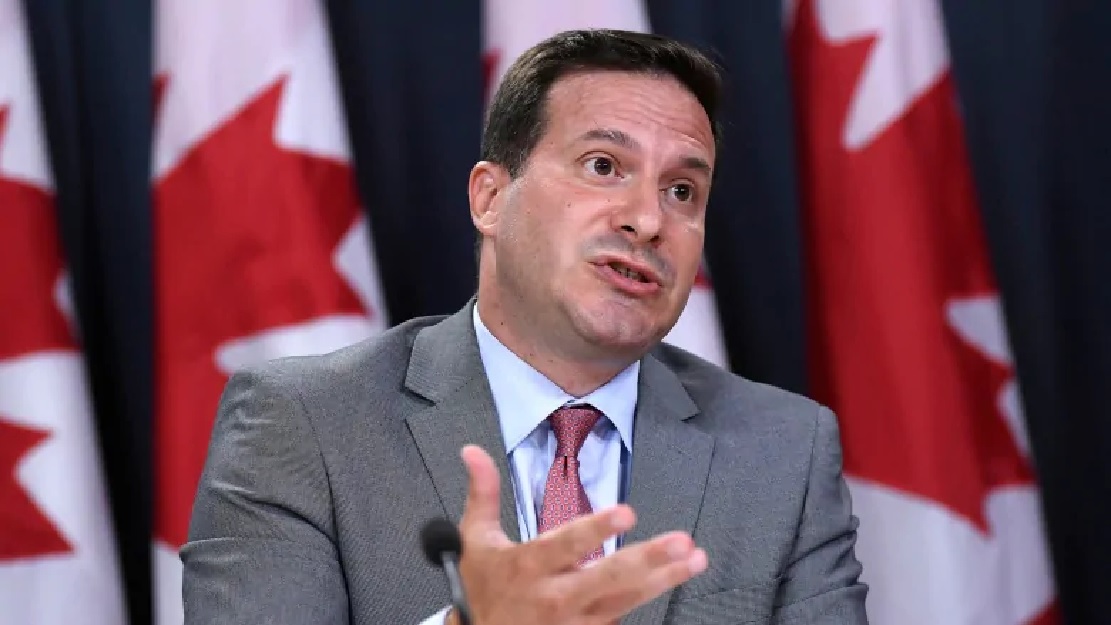
Immigration minister Marco Mendicino says Canada needs immigrants to boost the economy, ( Justin Tang- CP)
The figures announced would represent the highest immigration rates in well over a century, even as the economy is stagnant due to the pandemic situation and various emergency restrictions across the country with a great many businesses closed temporarily and many others shutdown permanently. Online services are doing well, but much of that is to the benefit of foreign firms and manufacturers.
Conservative opposition critic Raquel Dancho called the Liberal plan, “pure fantasy”. Quoted by BNNBloomberg she said, “We’re facing 9 per cent to 10 per cent unemployment — more than a million Canadians are out of work”.
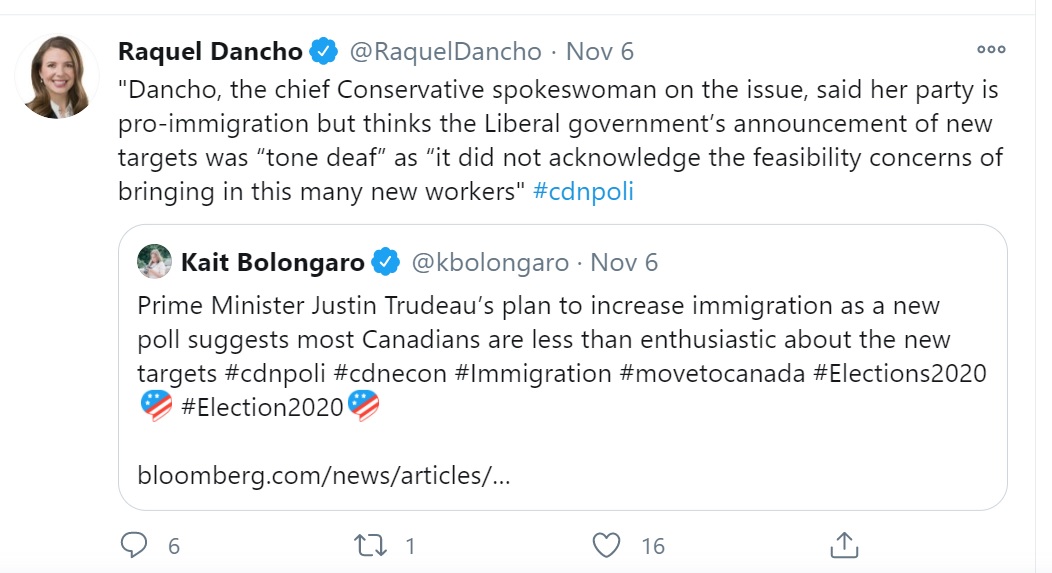
Conservative Party opposition critic Raquel Dancho (twitter)
Housing in Canada has long been noted as scarce and very expensive, especially so in the major cities which are the typical destination for newcomers and Dancho added, “Where are these folks going to work? Where are these folks going to live?”
Many Canadians seem to agree with those assessments..
A Nanos Research poll commissioned by BNNBloomberg conducted in the days before and after the announcement found only 17 per cent of Canadians thought the country should accept more newcomers than the current level.
Indeed 36 per cent of the over 1,000 respondents said the current level of around 340,000 should stay the same. However some 40 per cent said the country should accept fewer than the current level.
Interestingly the 35-54 age group was the least open to greater immigration with the highest percentage (45%) saying immigration should be reduced with only 13 per cent of this group saying it should be increased.
Minister Mendicino for his part said, “Canadians have a long, proud history of welcoming immigrants, because we know immigration makes our country stronger,”
Immigration is also seen by the Liberal government as a way to counter an aging population and a low birth rate.
additional information -sources
- BNNBloomberg: Bolongaro/Hagan: Nov 6/20: Trudeau’s plan to ramp up immigration falls flat with Canadians
- Al Jazeera: Oct 30/20: Canada aims to bring in over 1.2 million immigrants over the next 3 years
- CBC: K Harris: Oct 30/20: Federal government plans to bring in more than 1.2m immigrants in next 3 years
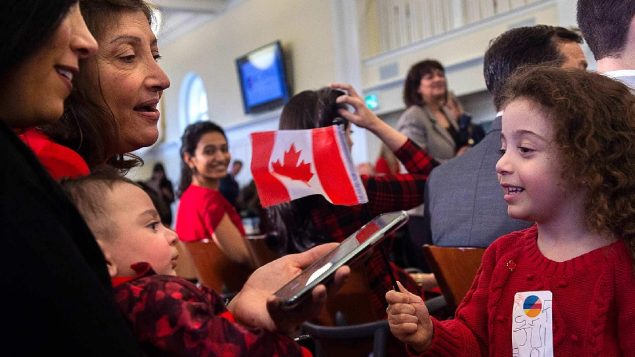
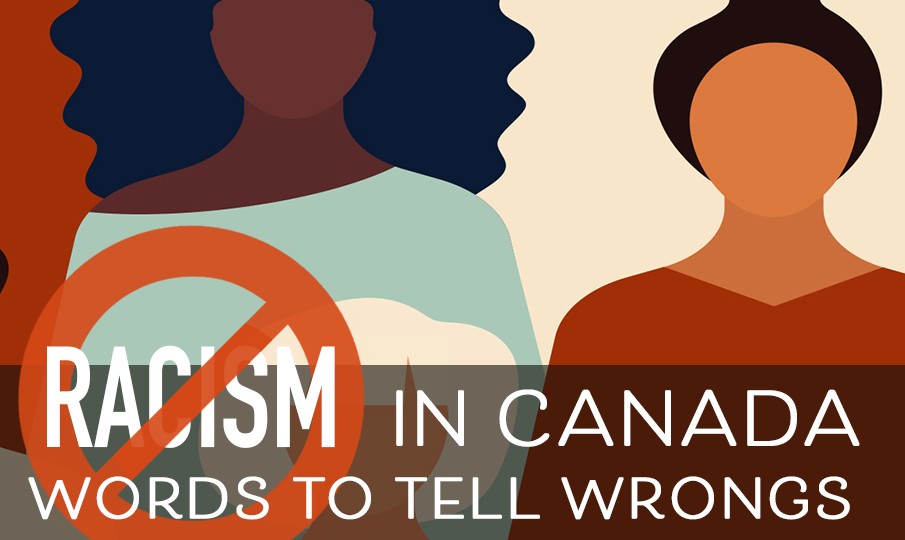


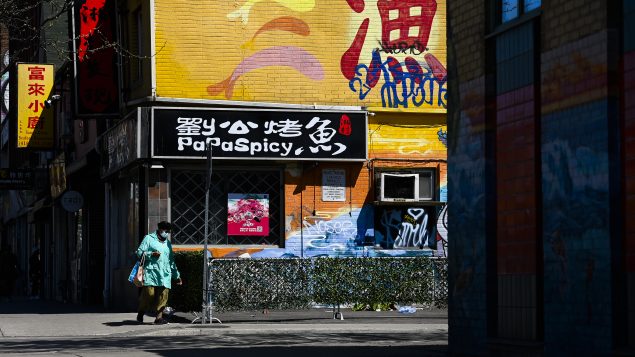


For reasons beyond our control, and for an undetermined period of time, our comment section is now closed. However, our social networks remain open to your contributions.